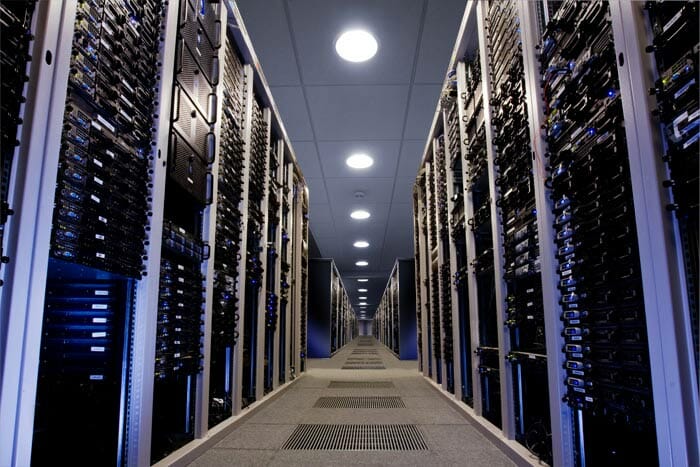The Direct Tie Between the Data Center and Your Business9 min read

There is a direct modernization of the data center happening in today’s business world. Over the past 3 years new types of drivers have, literally, forced data center operators to adapt or get out. Now, we see the emergence of the modern data center – sometimes referred to as data center 2.0. Aside from the marketing terminology; there are direct links to the advancement of today’s data center and just how important it’s become to the modern business.
First of all, business drivers have evolved – a lot. There are a lot more users, devices and an almost overwhelming amount of new data. With all of these new trends, more organizations are turning to the only technological platform that can support this type of growth: the data center.
Consider this – as our users evolve and workloads get a lot more complex – we’ll see an increase in data usage as well as the kinds of devices accessing the modern enterprise datacenter. Here are three big trends from latest Cisco Mobile Forecast and Cloud Index reports:
- Global mobile data traffic will increase nearly tenfold between 2014 and 2019
- By 2019, mobile-connected tablets will generate nearly double the traffic generated by the entire global mobile network in 2014.
- Globally, the data created by IoE devices will be 277 times higher than the amount of data being transmitted to data centers from end-user devices and 47 times higher than total data center traffic by 2018.
For an environment so focused on the physical element – the modern data center must be extremely agile. This means adapting to new trends, technologies and demands pushed down by users and business. Let’s face the facts, the amount of data and data center capacity is only going to grow. The amount of users and information connecting into the cloud is growing at a tremendous pace. Here’s something to think about:
- According to IBM, the end-user community has, so far, created over 2.7 zettabytes of data. In fact, so much data has been created so quickly, that 90% of the data in the world today has been created in the last few years alone.
- Currently, Facebook process over 240 billion photos from its entire user base. Furthermore, they store, analyze, and access over 32 petabytes of user-generated data.
- In a recent market study, research firm IDC released a new forecast that shows the big data market is expected to grow from $3.2 billion in 2010 to $16.9 billion in 2015.
Growth in business means investing in the data center
A recent GE Capital study outlined how demands on the ever-growing complexity of data center assets continue to evolve as mobile broadband expands, big data analytics becomes more prominent, social media attempts to replace basic email as the holy grail for marketers and cloud services become more entrenched in both consumer and corporate America.
Consider this specific example from the study – Capital spend on server, storage and cloud infrastructure for purposes of supporting Big Data efforts on a global basis are anticipated to increase at a 37.6% CAGR between 2012 and 2016 and with it, comes increased demand for housing the incremental equipment at a data center. Corporations are increasingly digitizing and analyzing all forms of structured as well as unstructured data for purposes of competing both locally and globally.
From a cloud perspective, US public cloud service revenue is forecasted to increase 16.2% between 2012 and 2017, with growth of software as a service and infrastructure as a service trailing platform as a service. Cloud services are expected to continue to grow as technology complexity evolves with an increasing array of both applications and devices being utilized by an increasingly mobile workforce.
Your business is changing, make sure you data center can keep up
There is a delicate balance that must now be maintained. This is your ability to keep technology evenly paced with your business. Already we’re seeing IoT and wearable technologies impacting the amount of data your data center has to process. As the GE Capital study points out, the total number of devices worldwide that are connected to the Internet is forecasted to increase at a 15% CAGR during the current decade, driving the need for increase computing power. At the same time, the number of connected devices per person will increase from less than 2 in 2010 to nearly 7 by 2020.
As your users and business model all evolve – the technology used to deliver powerful workloads will need to keep up. This means keeping an eye on both the physical and virtual infrastructure that supports data center operations. Proactive environmental management will keep your systems up and running longer. Meanwhile, integrating VMs and the virtual infrastructure with DCIM tools gives you a complete “chip to chiller” visibility perspective. Ultimately, this will become the new norm. And, your ability to align business, the user and your data center will all dictate just how well you can keep pace with market demands.

Airflow Management Awareness Month
Free Informative webinars every Tuesday in June.
0 Comments